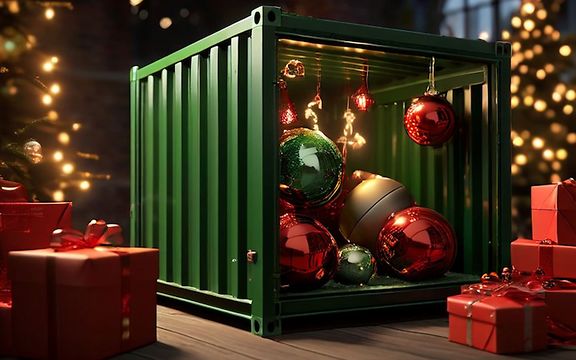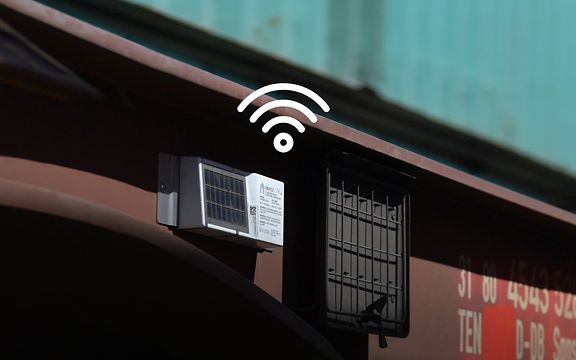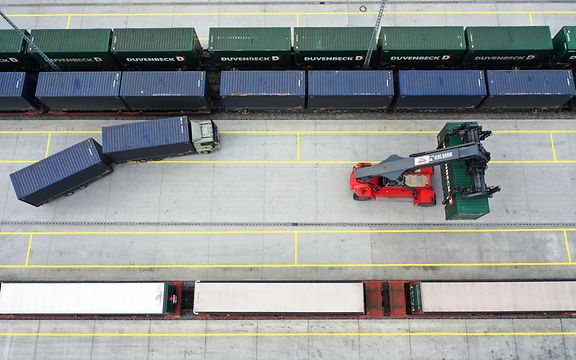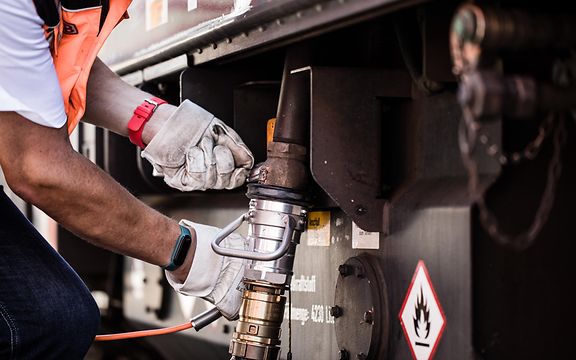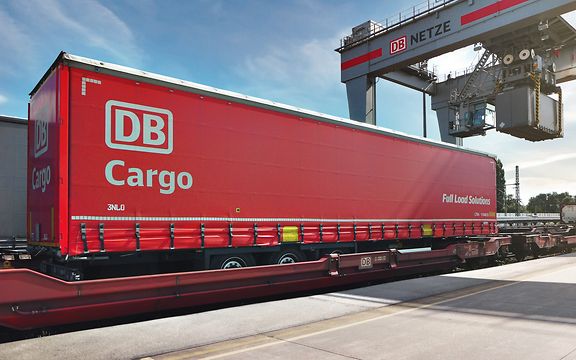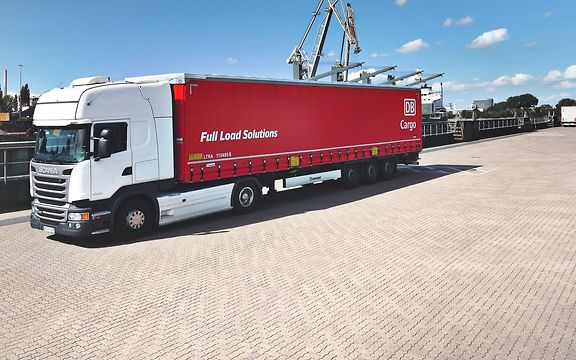Green logistics: how to make logistics sustainable
Using Coca-Cola as an example, DB Cargo's white paper shows how logistics is becoming greener
Why is a green transport and supply chain of such vital strategic importance for logistics providers' future business? Can it deliver a competitive advantage, and if so, how? Do we need to reduce our logistics activities to increase our sustainability, or can we have growth and sustainability at the same time? How do we make this happen? These are the questions addressed by DB Cargo's new white paper. Using Coca-Cola Europacific Partners Deutschland GmbH (CCEP Deutschland GmbH), Germany's biggest producer of beverages, as an example, we want to demonstrate how sustainable rail logistics can be put into action with an agile, target-focused strategy. Download the white paper "Green logistics – how DB Cargo makes Coca-Cola's freight activities more sustainable" now. This is what you can expect:
- How does green logistics work in practice?In the white paper, we use the example of Coca-Cola to show how rail can keep up with road in every respect – even without its own rail siding.
- Coca-Cola has a rail freight network for long-distance transport throughout Germany. How does it work?Coca-Cola also explains the strategic considerations behind its decision and how the company makes use of rail services even for small consignments even though it doesn't have a own rail siding.
- How does DB Cargo make logistics greener?Find out in the white paper which eco solutions from DB Cargo offer even more advantages for rail.
- How to make your logistics even more sustainable.The details of the most important lessons and tips are available at a glance, and we also describe how every logistics service provider can start preparing for the green transformation today.
Access the white paper here
